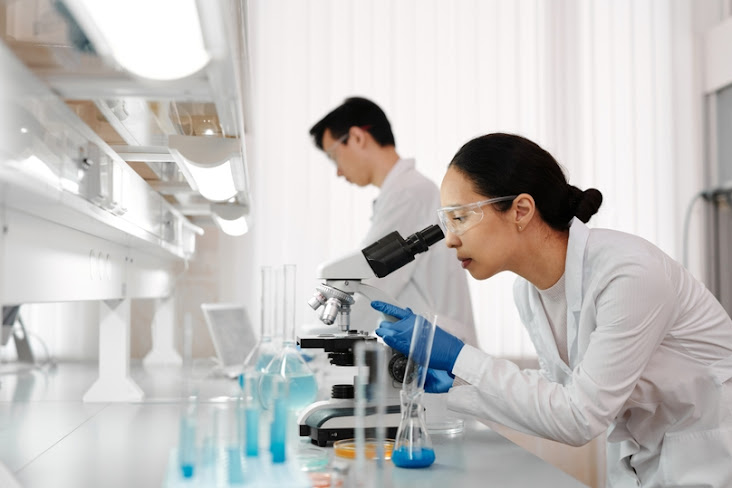Introduction:
As laboratories play a crucial role in scientific research, healthcare, and various industries, the selection of reliable and cost-effective laboratory equipment suppliers is paramount. In Jordan, where the demand for high-quality laboratory equipment is rising, choosing the right supplier involves a thorough evaluation of both price and quality. This guide aims to provide insights into effectively comparing prices and assessing quality when sourcing laboratory equipment in Jordan.
1.Research and Identify Suppliers:
Begin your search by compiling a list of laboratory equipment suppliers operating in Jordan. Utilize online directories, industry associations, and referrals from colleagues to identify potential suppliers. Consider factors such as reputation, range of products offered, and customer reviews during the selection process.
2.Define Your Requirements:
Clearly define your laboratory equipment needs, including specifications, quantity, and budget constraints. Create a detailed list of required items to ensure that you can accurately compare prices and evaluate quality across different suppliers.
3.Price Comparison:
a. Request Quotations: Reach out to selected suppliers and request detailed quotations for the desired equipment. Ensure that the quotations include itemized pricing, any applicable taxes or fees, and shipping costs.
b. Negotiation: Don't hesitate to negotiate with suppliers to secure competitive pricing. Be prepared to discuss bulk discounts, payment terms, and potential value-added services.
c. Total Cost of Ownership: Consider the total cost of ownership, including maintenance, repair, and calibration expenses, when comparing prices. Opting for higher-quality equipment with lower long-term maintenance costs may prove more economical in the long run.
4.Quality Assessment:
a. Product Specifications: Carefully review the specifications of the equipment offered by each supplier to ensure compatibility with your laboratory's requirements. Look for certifications, standards compliance, and warranties that guarantee product quality.
b. Reputation and Reliability: Research the reputation and reliability of each supplier by examining their track record, customer testimonials, and industry certifications. Choose suppliers with a proven commitment to quality and customer satisfaction.
c. Sample Testing: Whenever possible, request samples or demonstrations of the equipment to assess its performance and durability firsthand. Evaluate factors such as accuracy, precision, and ease of use to determine the overall quality.
d. After-Sales Support: Consider the after-sales support provided by each supplier, including technical assistance, training, and warranty services. Reliable after-sales support ensures that any issues with the equipment can be promptly addressed, minimizing downtime.
5.Consider Value-Added Services:
Evaluate additional services offered by suppliers, such as installation, calibration, and ongoing technical support. These value-added services can enhance the overall value proposition and contribute to a smoother procurement process.
6.Make an Informed Decision:
After thorough price comparison and quality assessment, make an informed decision based on a balance of cost-effectiveness and product quality. Choose a supplier that meets your requirements while offering competitive pricing and reliable support services.
Conclusion:
Selecting the right laboratory equipment supplier in Jordan requires a meticulous evaluation of both prices and quality. By conducting thorough research, comparing prices, assessing product quality, and considering value-added services, you can make a well-informed decision that ensures the procurement of high-quality equipment at competitive prices. Building strong partnerships with reputable suppliers is essential for meeting the evolving needs of your laboratory and driving scientific advancements in Jordan.

Comments
Post a Comment